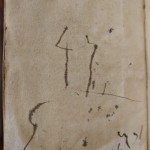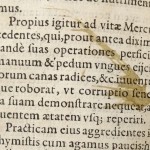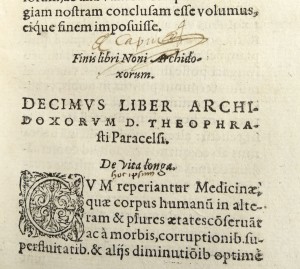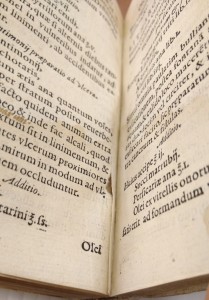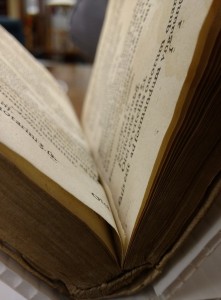Welcome!
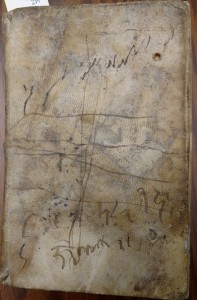
Compiled works of Paracelsus – William C. Gibson History of Medicine and Science Collection
Archidoxorum Aureoli Ph. Theophrasti Paracelsi de secretis naturae mysteriis, libri decem, quorum tenorem versa pagella dabit. His accesserunt libri De tinctura physicorum, De praeparationibus. De vexationibus alchimistarum, De praeparationibus, De vexationibus alchimistarum, De cementis metallorum & De gradationibus eorundem. Singula per Gerardum Dorn è germanico sermone latinitati nuperrimè donata.
By Paracelsus 1493-1541
With Dorn, Gerhard, 16th C. & William C. Gibson History of Medicine and Science Collection
Published: Basileae, Per Petrum Pernam 1570
University of British Columbia Rare Books and Special Collections
Call Number: WZ240.P23.1570
This book is a compilation of works written by medical chemist Paracelsus, the titles jammed into one. This is a very early printed edition, made to look authentically hand-made as manuscripts were, with animal skin wrapped around the cover. Its content is entirely in Latin, and this specific edition sports numerous signs of wear and use. There are scribbles all over the front and back covers, with the pages of favourite sections of the book more dirty than the rest, and an annotator’s splatters of browning ink accidentally spilled while correcting the bad print.
Scroll through to discover what makes this book unique in its collection.

